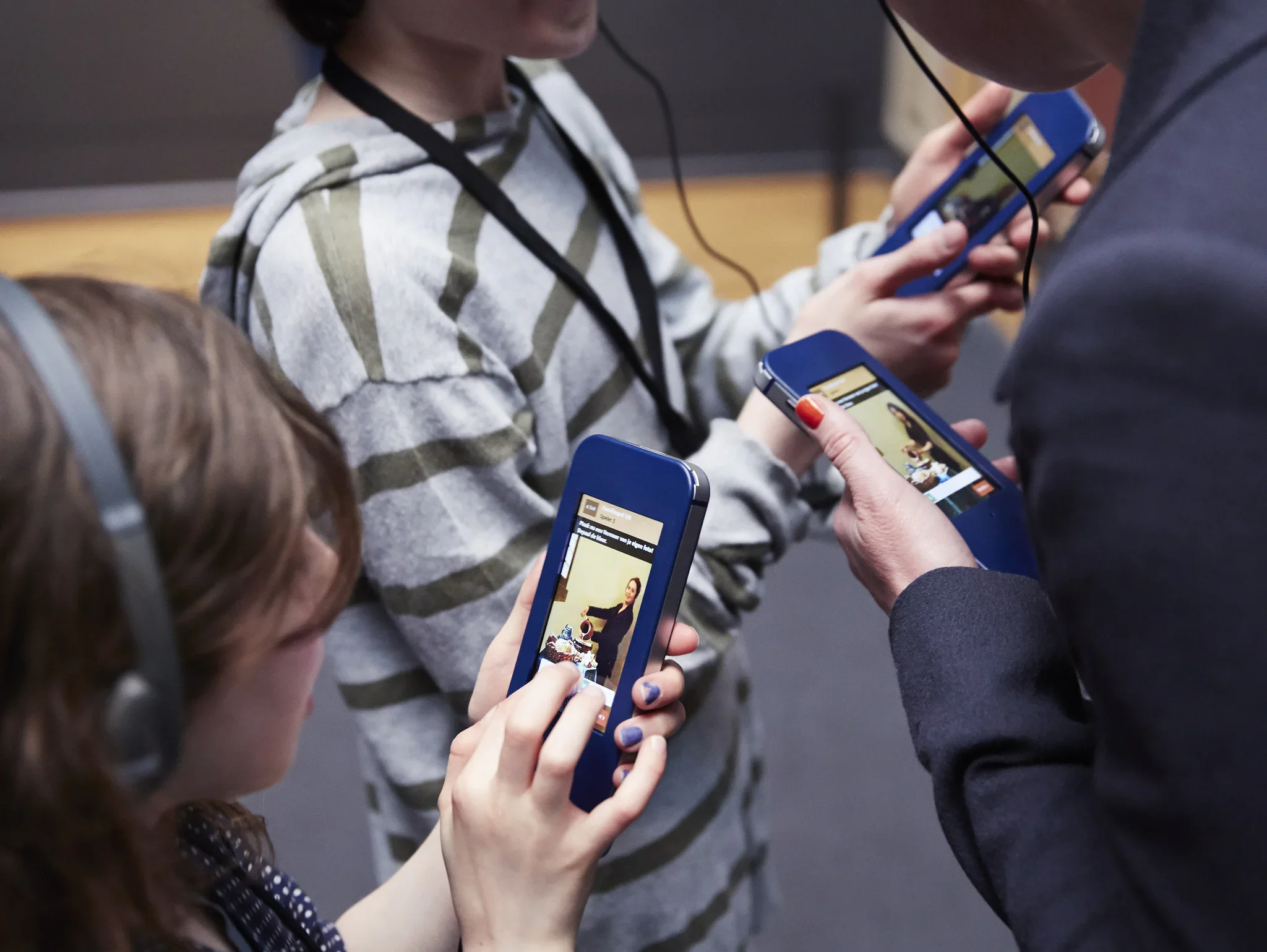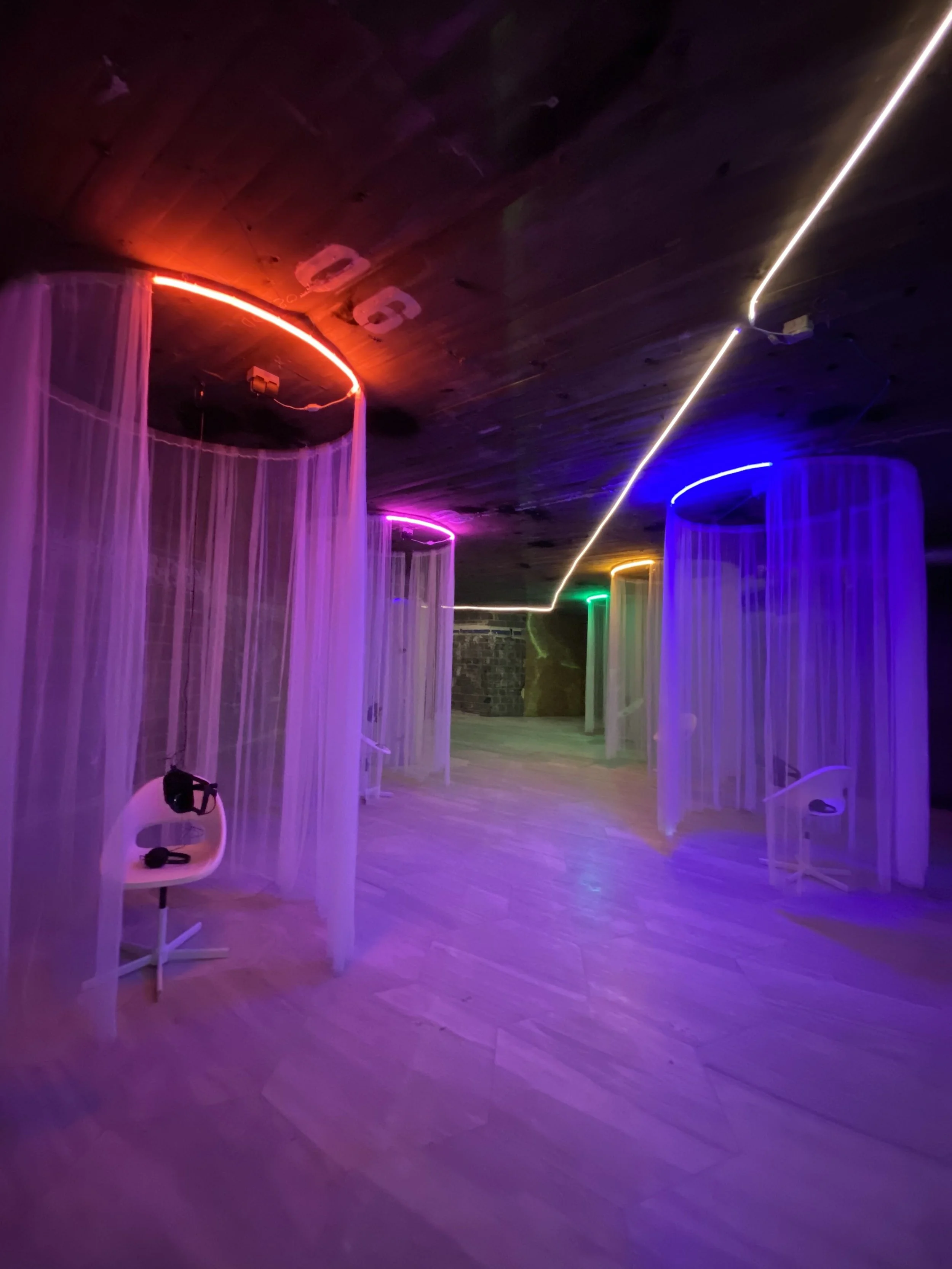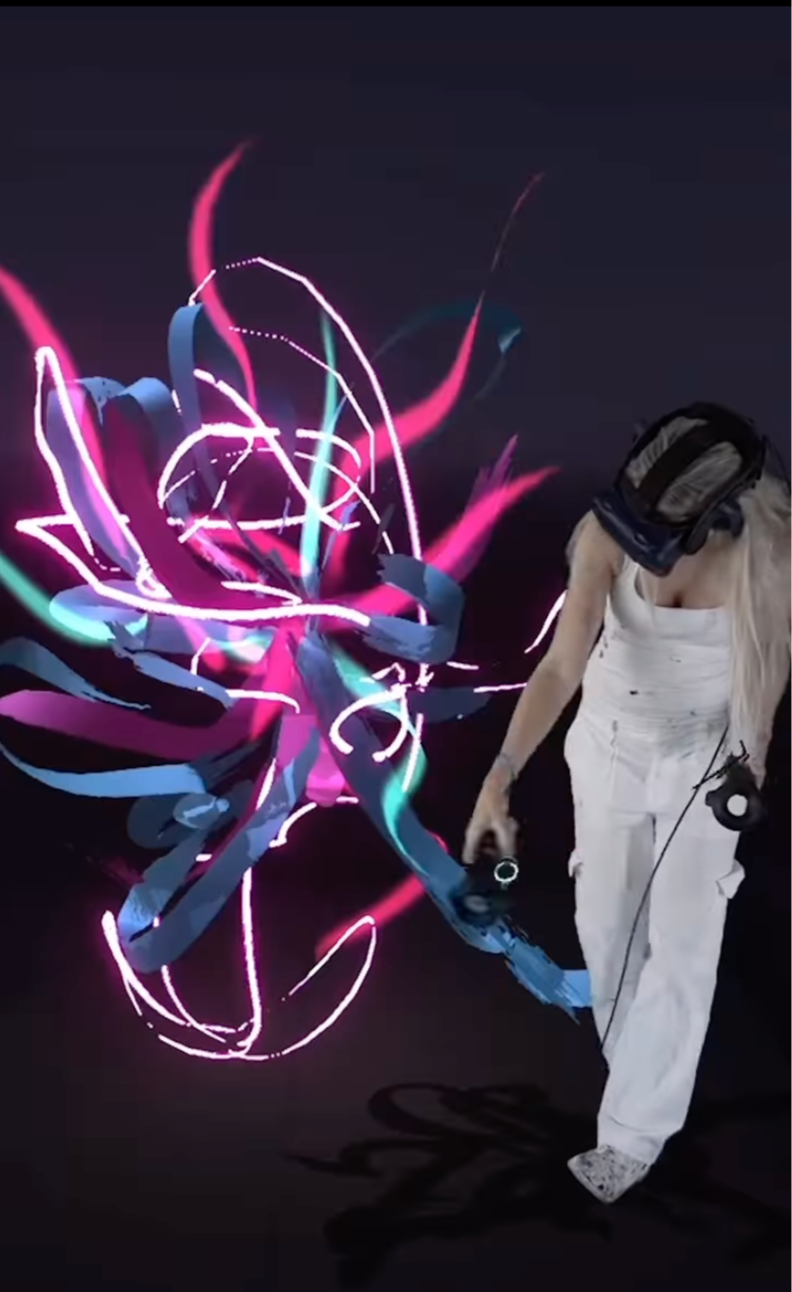EXPLORE PAUL KLEE
A UX-driven, multi-sensory experience reimagining abstract art engagement in museums.
“Explore Paul Klee” is an interactive and immersive museum experience that reimagines how audiences connect with abstract art through multi-sensory digital interaction. This concept design aims to enhance the understanding and appreciation of Paul Klee’s work by transforming traditional museum visits into engaging, participatory journeys.
Rooted in a strategic exploration of audience needs and institutional goals, the project addresses the growing challenge faced by museums: making complex, abstract art accessible to broader and younger audiences. By integrating playful, hands-on installations, “Explore Paul Klee” invites visitors to actively interpret, explore, and emotionally connect with art — shaping a more inclusive and memorable museum experience.
Despite existing for over 100 years, Abstract Art remains misunderstood by the majority of the public, particularly younger generations who constitute 50%+ of the global population. Traditional museum formats offer passive experiences that don't align with how Millennials and Gen Z prefer to learn and engage with content.
Background
Abstract Art, though a foundational movement in modern art, continues to be perceived as unapproachable and difficult to understand by many, particularly among younger generations. Despite being over a century old, traditional methods of art engagement—such as lectures and static museum displays — tend to offer passive, one-dimensional experiences.
Museums are experiencing declining visitor numbers and face a critical challenge: younger, tech-savvy generations (Gen Y/Z) seek interactive, personalized experiences rather than passive observation. With over 50% of the global population being digital natives who value immediate feedback and collaborative learning, there's an urgent need to rethink how cultural institutions connect with their audiences.
In parallel, museums are grappling with a decline in visitor numbers and changing audience expectations. With younger, tech-savvy generations seeking more engaging and participatory experiences, there’s a growing need to rethink how cultural institutions connect with their audiences. This project leverages emerging technologies to bridge the gap between abstract art and a broader, younger audience, delivering an educational, memorable, and inclusive experience that fosters a deeper emotional connection with art.
Client
A contemporary art museum with a focus on Abstract Art, aiming to attract younger audiences and transform passive viewing into active, emotional engagement.
Project Goal
To design a multi-sensory, interactive museum experience that bridges abstract art and digital engagement — making Paul Klee’s work more approachable, meaningful, and memorable for new generations.
The experience is designed to:
Reimagine how abstract art is experienced — shifting from passive viewing to emotional and creative participation.
Enhance accessibility and appreciation of Paul Klee’s abstract works through hands-on, playful interaction.
Attract and engage younger, tech-savvy audiences (Millennials and Gen Z) who seek personalized, immersive cultural experiences.
Blend education and entertainment (edutainment) to create a lasting connection between visitors and abstract art.
Target Audiences
Generation Y (Millennials, 1981-1996):
Collaborative and interactive by nature
Value meaningful experiences over possessions
Natural innovators seeking social impact
Prefer personalized, story-driven content
Generation Z (1997-2012):
First true digital natives
Competitive, value independence and authenticity
Expect immediate feedback and visual learning
Shaped by global challenges, seek purposeful engagement
Shared Needs:
Interactive participation
Social connectivity
Personalized experiences
Meaningful cultural engagement
Challenges & Opportunities
Abstract Art Appreciation
Many visitors struggle to connect with abstract art due to its non-representational nature.
Engagement & Interaction
Traditional museum formats often lack interactive and immersive elements, leading to passive observation.
Attracting a Broader Audience
Museums need innovative approaches to appeal to younger and tech-savvy visitors.
Research & Validation
Methodology
In-depth interviews with general public and industry experts (artists, exhibition designers)
Key Findings
General public finds Abstract Art challenging but still appreciates its beauty
Industry experts emphasize experiencing art over understanding it
Both groups found digital/immersive exhibitions significantly more engaging
Most impactful experiences consist of multiple connected moments, not isolated encounters
Competitive Analysis
Research of leading immersive experiences (Happiness Expo, Tate Modern's digital initiatives, Rijksmuseum's innovation programs) revealed that successful modern museum experiences combine education with entertainment while maintaining authentic artistic value.
User Interviews & Findings
To gain a deeper understanding of the target audience's needs and preferences, and to validate the research findings, qualitative research was conducted in the form of in-person interviews with a diverse range of participants, including individuals from the general public with an interest in art, and industry experts such as artists and exhibition designers.
The interviews explored their personal experiences with art, their opinions on abstract art, and their experiences with immersive art.
These interviews provided valuable insights from both the target audience and professionals in the field.
Solution Strategy
Why Paul Klee?
Accessibility: Child-like drawing style with simple shapes and bright colors
Educational Value: Documented color theory and teaching principles
Inspiring Journey: Artistic evolution from struggles to mastery
Universal Themes: Found inspiration in everyday experiences, making art relatable
Core Experience Principles:
Transform passive viewing into active participation
Create emotional connections through role-playing and discovery
Extend engagement beyond the physical visit through digital integration
Foster social learning and community building
Proposed Experience
Entrance & Introduction
Users enter the museum, read basic info about the artist and exhibition, prepare for the experience.
Step Into the Rabbit Hole
A captivating pathway with projected animations to create a sense of adventure and excitement.
Enter the Artistic World
Enter artist’s art studio, explore his artwork & life. Learn more about the art and story behind through a puzzle game.
Extend the Inspiration
Second interactive and immersive pathway that leads visitors to the next room.
Create Your Own P. Klee
Digital drawing tools for visitors to express their creativity and share with others.
Visual Elements
Fonts
Icons
Watercolor Splash
Colors
Paul Klee
Background Texture
Explore Paul Klee
App Interface Design
This streamlined interface allows visitors to seamlessly integrate their physical and digital experiences, extending their engagement with Paul Klee's art beyond the museum visit.
Create Your Paul Klee App Interface Design
The mobile application for the "Create Your Paul Klee" interactive installation is designed to enhance the visitor experience by enabling them to capture and share their artwork. This user-friendly interface allows visitors to seamlessly save, share, and even order printed souvenirs of their unique creations.
Special Thanks
Organization: Darmstadt University of Applied Sciences Media Department
Supervisor: Prof. Sven Poguntke,
Co-Supervisor: Prof. Thorsten Greiner
Interviewers and testers.
Research grant: Hessische Abschlussförderung (HAB)
Password Protected







































